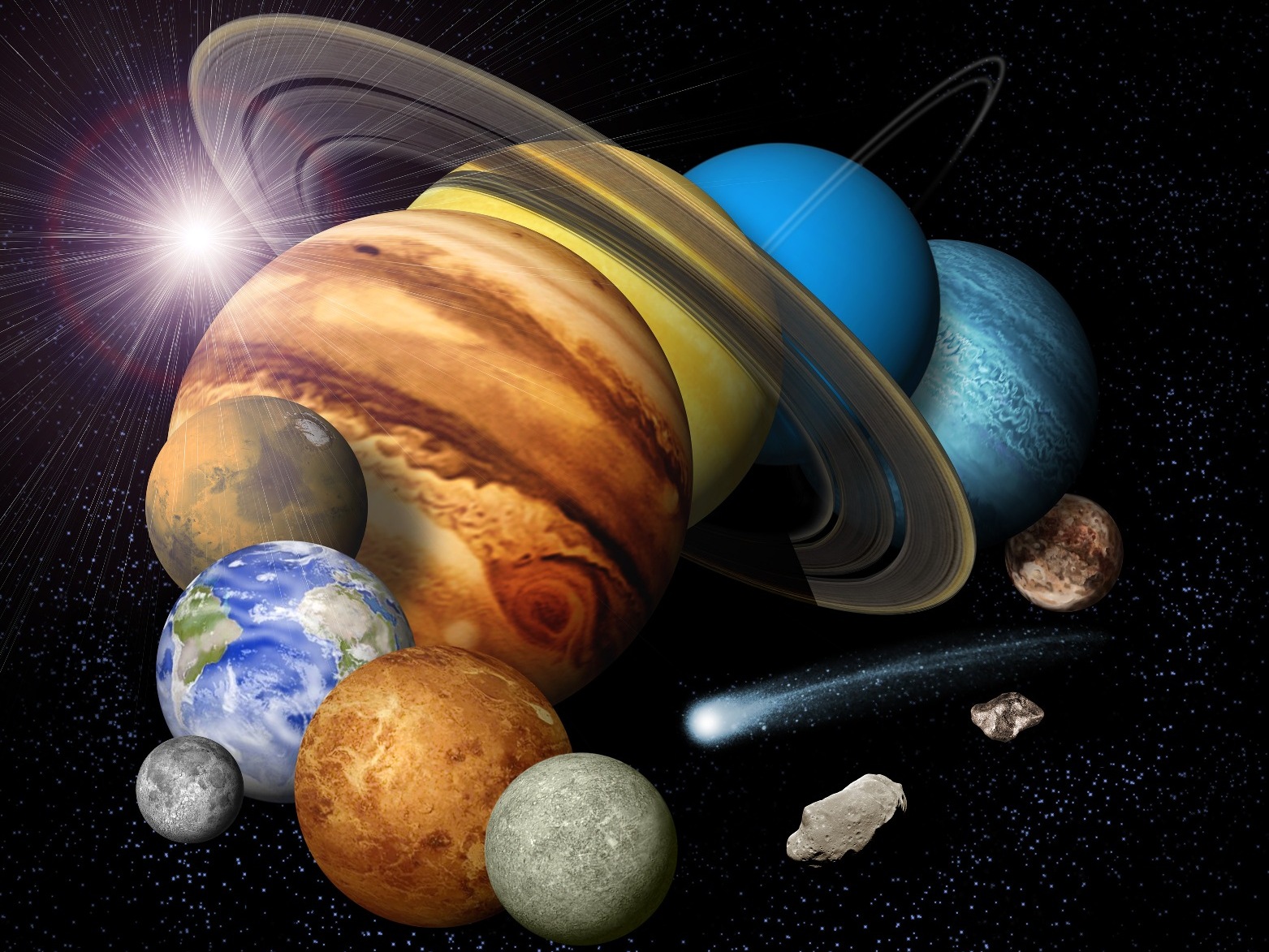The solar system is rather large to say the least but believe it or not the sun makes up 99 86 of the solar systems mass yes you did read right that s unbelievable

The Sun: The Mighty Giant That Dominates Our Solar System

When we gaze up at the night sky, we are often captivated by the vastness and beauty of the stars and planets. Our Solar System is an intricate web of celestial bodies, but one fact stands out among all others - the Sun, our beloved star, holds an unimaginable mass that eclipses everything else.
The Sun’s Astonishing Mass

The Solar System is rather large to say the least, but believe it or not, the Sun makes up a mind-boggling 99.86% of its mass. Yes, you did read that right, and it’s truly unbelievable. To put it into perspective, if the Sun were the size of a basketball, all the other planets combined would be about the size of a tennis ball, and everything else would be even smaller.
With a diameter of about 1.4 million kilometers (870,000 miles), the Sun is approximately 109 times larger than the Earth and weighs around 332,946 times more. Its sheer mass exerts an overwhelming gravitational pull that keeps the entire Solar System in its celestial dance. The Sun’s tremendous gravity holds all the planets, comets, asteroids, and other celestial objects in orbit around it, ensuring the stability and balance we observe.
The Powerhouse of the Solar System
The Sun not only dominates in terms of mass, but it also outshines everything else in the Solar System. Its stunning brightness and energy make life on Earth possible. Every second, the Sun fuses approximately 600 million tons of hydrogen into helium through a process called nuclear fusion. This fusion reaction releases an enormous amount of energy in the form of heat and light, providing warmth and daylight to our planet.
Thanks to its immense heat and powerful electromagnetic radiation, the Sun drives weather patterns, climate changes, and the cycle of life on Earth. It influences everything from the growth of plants to the behavior of animals. The Sun’s energy is harnessed through solar panels to generate electricity, providing a renewable and sustainable power source for countless homes and industries.
The Sun’s Position in the Milky Way
Although the Sun is undeniably significant in our Solar System, it is just an ordinary star when compared to the countless others scattered throughout the vastness of the Milky Way galaxy. The Milky Way is estimated to contain more than 100 billion stars, and the Sun is situated in one of its spiral arms, known as the Orion Arm or Local Spur.
As our Sun journeys through the galaxy, it takes approximately 225-250 million years to complete one orbit around the galactic center. Along its path, the Sun encounters fascinating cosmic phenomena such as nebulae, star clusters, and other stellar bodies, contributing to the awe-inspiring beauty and complexity of our universe.
Conclusion
In conclusion, the Sun truly reigns supreme in our Solar System. Its sheer mass and brilliance make it the dominant force that everything else revolves around. We are reminded of our humble place in the universe when we consider the remarkable magnitude of our beloved star. So the next time you catch a glimpse of the Sun’s radiant light, take a moment to appreciate its grandeur and the extraordinary role it plays in shaping our existence.
Source: Space.com
Tags
Share
Related Posts
Quick Links
Legal Stuff

